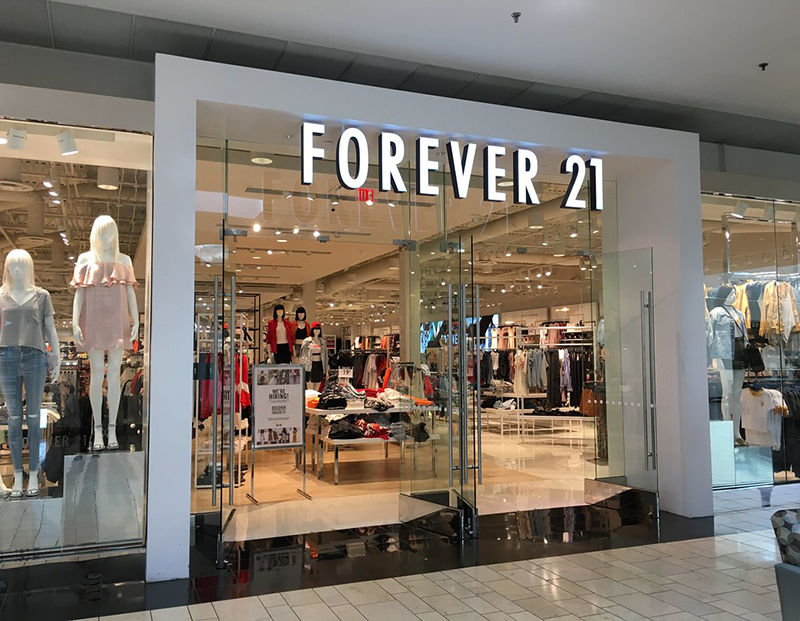Forever 21 Becomes Another Brick-and-Mortar Victim
The fast-fashion chain, which operates 800 stores globally, will close up to 178 locations in the U.S. after filing for bankruptcy.
Fast-fashion chain Forever 21 has become the latest major retailer to file for Chapter 11 bankruptcy, underscoring the growing struggles faced by operators of brick-and-mortar apparel stores. The privately held company said in a statement that it has requested approval to close up to 178 stores across the U.S. as part of its restructuring to focus on maximizing the value of its footprint.
“The story of Forever 21 is sadly the same story for nearly every company that has gone bankrupt in the specialty space,” Greg Buzek, founder and president of retail consultancy IHL Group, noted to Commercial Property Executive. “They simply saw an idea of fast fashion, saw that it was hot and expanded way beyond what they could manage effectively and had to take on too much debt to accomplish the goal.”
He added: “There is a mentality that [if] it works in 50 locations or 200 hundred ‘A’ mall locations, let’s roll it out to ‘B’ and ‘C’ mall locations because they are there. It simply does not work over time.”
Retailers battered by change
In addition to the planned U.S. closings, Forever 21 will also shutter most of its locations in Asia and Europe but plans to continue its operations in Mexico and Latin America. Founded in 1984, the Los Angeles-based brand has built up a network of 800 stores globally, including 549 in the U.S.
The company, which focuses on trendy and low-priced clothing, added that it expects a “significant number” of its domestic stores to remain open, and does not anticipate exiting any major markets in the U.S. The move comes as the growth of online shopping and changing consumer tastes continue to eat away at sales in malls and department stores.
The specialty soft goods segment, a category that includes clothing, will see 3,728 net store closures in 2019 compared to year-end 2018, according to a study released in August by IHL Group. The data covers enterprise retailers with 50 or more stores and the 2019 estimate is based on company statements and filings through July 31.
Oversized stores
Forever 21’s financial troubles appear to stem in part from an overambitious retail footprint. “Their formats are too large,” said Jeffrey Green, partner at retail consultancy Hoffman Strategy Group. Green estimated that the company’s small stores average about 20,000 to 25,000 square feet in size, “which is huge in this shrinking retail environment.”
The average Forever 21 store measures 38,000 square feet, according to the company’s website, but this includes mammoth locations of up to 162,000 square feet. In the last decade, Forever 21 opened a series of massive department stores including a four-story, 90,000-square-foot venue that launched in New York’s Times Square in 2010. “When I went into those stores, there wasn’t enough merchandise to even fill a box that large,” said Green.
The company’s outsize real estate profile likely added to more prosaic business challenges. “Apparel brands frankly come and go,” commented David Silverman, senior director in Fitch Group’s retail group. “While [Forever 21] was an early beneficiary of some of the fast-fashion gains that we saw in the marketplace, a lot of that has played out.”
Forever 21 has found limited success in capitalizing on the e-commerce trend, which currently makes up 16 percent of sales. “That’s not enough to make a difference,” noted Green. “When you’re stuck with so much brick-and-mortar square footage, operating those stores is really tough.”








You must be logged in to post a comment.